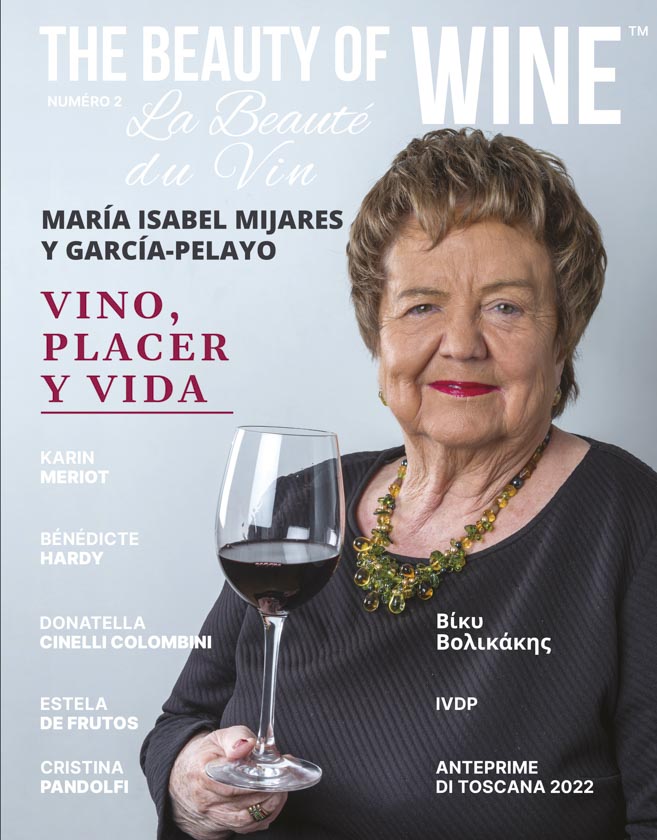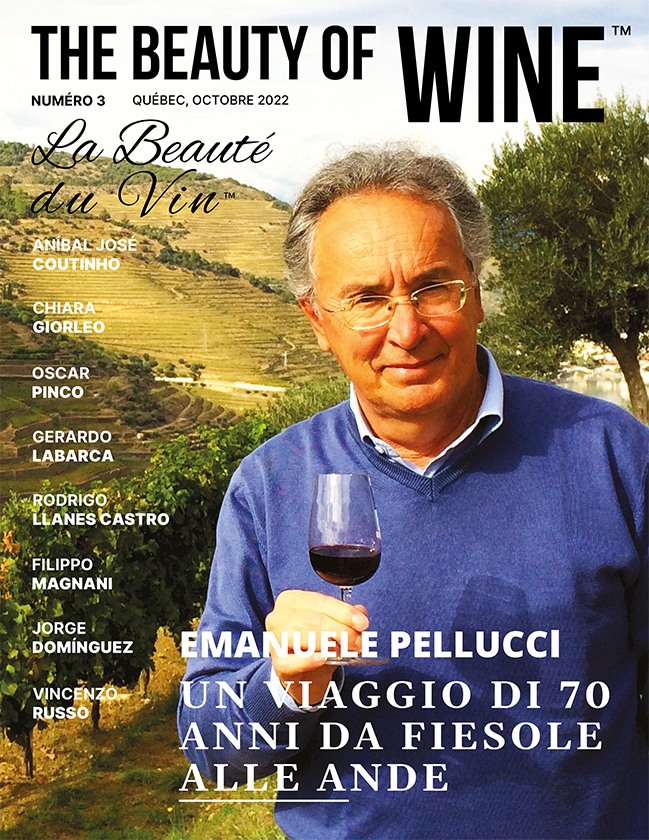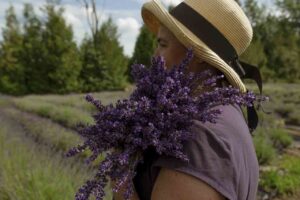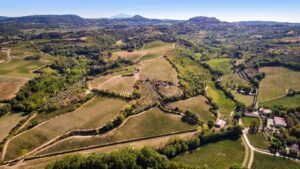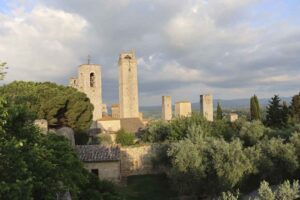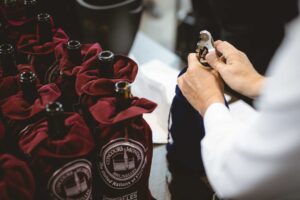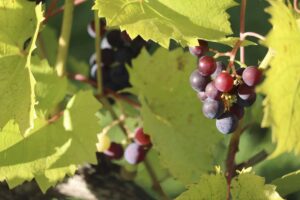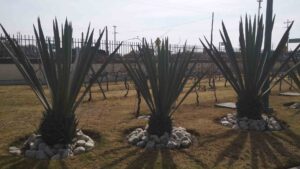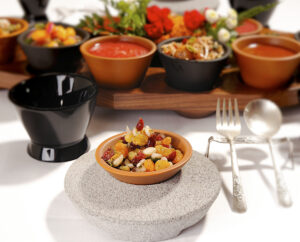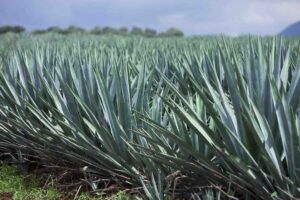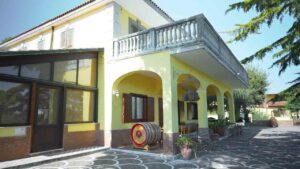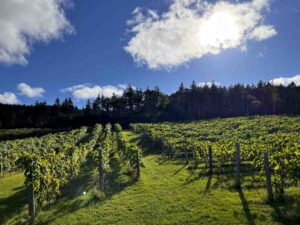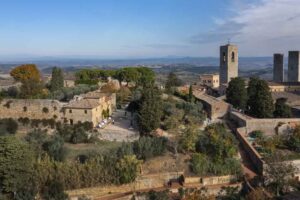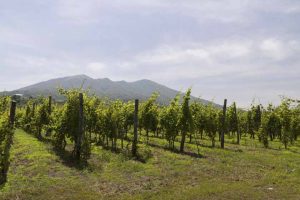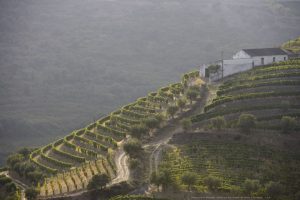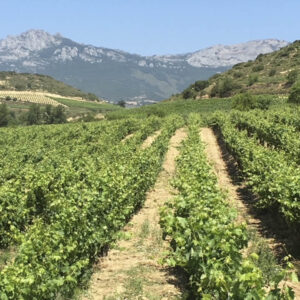El Tequila, l’eau-de-vie raffinée et festif du Mexique
**The translation is at the end of the article**
S’il existe une boisson qui fait plaisir et qui émeut les sens, c’est bien la tequila.
Cette boisson festive et culturelle possède la première appellation du pays. Ce sont 181 municipalités situées dans cinq états de la République Mexicaine qui jouissent d’un terroir optimal pour la conception de cet élixir, dont : Jalisco, Michoacán, Guanajuato, Nayarit et Tamaulipas. Ils sont les seules endroits reconnus légalement pour l’élaboration de la Tequila qui compte aussi avec « La routa de la Tequila », un patrimoine culturel, naturel et protégé du territoire qui compose les huit municipalités qui entourent le volcan Tequila. En 2024, nous célébrerons les 50 ans de l’Appellation d’Origine Tequila et les 30 ans du Conseil Régulateur de la Tequila.
Pour créer cette eau-de-vie raffinée et complexe, on utilise qu’un seul type de plante pour l’élaboration : « Agave tequilana Weber » mieux connu comme « Agave azul ». Cette espèce d’agave pousse dans les sols de textures variables avec une bonne matière organique et un climat majoritairement tempéré avec des précipitations moyennes.
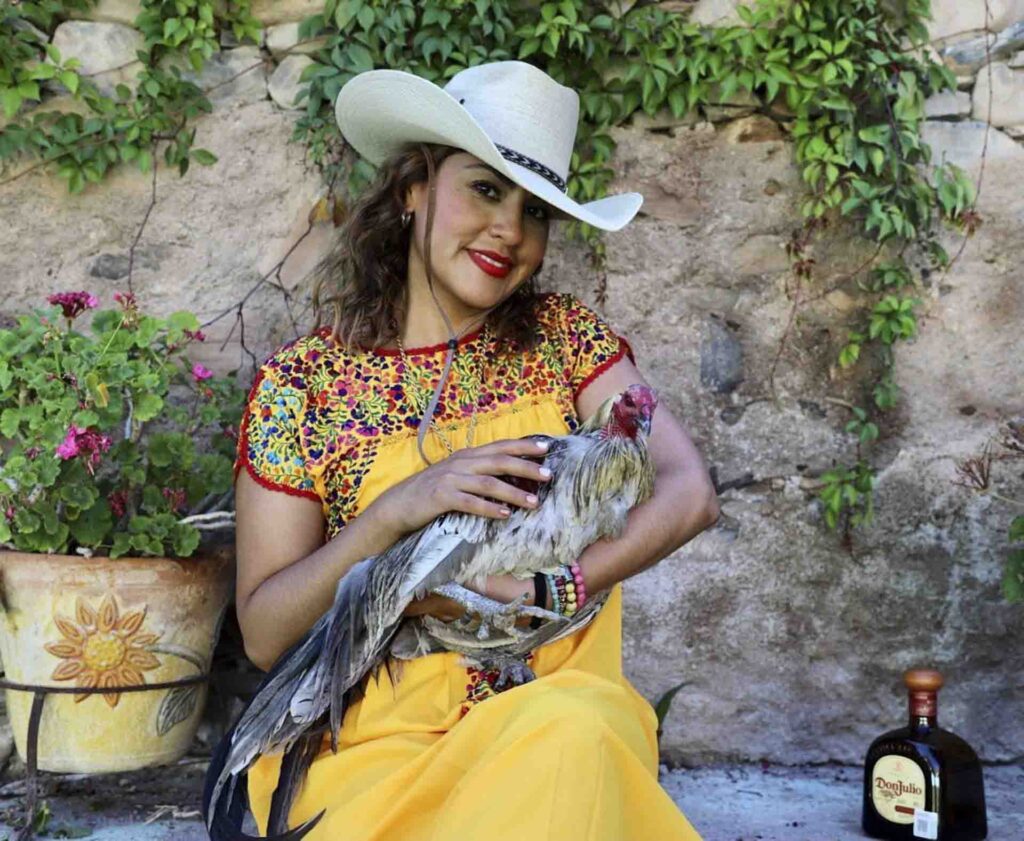
Lorsque l’agave de bonne qualité est prêt, « la penca » est séparée de « la piña » donc, les feuilles sont coupées de la plante de façon à laisser juste le cœur rond de l’agave qui met près de 7 ans à mûrir. La personne responsable de ce processus est le « Jimador », la main de l’homme est irremplaçable, on parle d’une tradition qui se transmet de génération en génération. Une fois le cœur rond de l’agave prêt, on le dépose dans une cuve pour passer à l’étape de l’hydrolyse à température qui va jusqu’à 125˚C et sur une durée d’environ 6 heures pour ainsi faire fermenter l’inulina et les sucres de l’agave bleu. À noter que certains producteurs font cuire « las piñas de l’agave » dans un four de terre cuit pour ainsi provoquer un meilleur développement aromatique.
Une fois les « piñas » déjà ramollies, elles sont pressées avec les rouleaux d’un moulin afin d’en obtenir le maximum de sucres par extraction, puis, le moût commence sa fermentation. Une fois cette opération terminée, on passe à la distillation. Le liquide appelé « moût mort » est bouilli et lorsque les vapeurs se condensent, il laisse place à la boisson alcoolisée concentrée qui est le « blanco ». Selon la catégorie, on laisse reposer ou pas la boisson et, avant la mise en bouteille, elle sera filtrée. Le processus de production de la Tequila, du champ au produit fini, pourrait durer entre 5 et 10 ans.
À chacun sa Tequila!
La Tequila est la boisson la plus représentative du Mexique, elle se dévoile en cinq styles :
La Tequila Blanco, obtenu directement par distillation. Le titre alcoométrique est ajusté avec de l’eau.
La Tequila Joven, est l’assemblage d’un blanco avec un autre, soit reposado, añejo ou extra añejo.
La Tequila Reposado, doit mûrir en contact direct avec le bois pendant 2 mois.
La Tequila Añejo, doit vieillir pendant 12 mois en fut de chêne de 600 litres.
La Tequila Extra Añejo, aura un vieillissement de 36 mois en fût de chêne en barrique de 600 litres.
« La Margarita et La Paloma » sont les deux cocktails les plus populaires élaborés avec la Tequila.
Texte écrit par Elvira O. Martínez.

Tequila, the refined and festive spirit of Mexico.
If there’s one beverage that delights and stirs the senses, it’s Tequila. This festive and cultural drink holds the country’s first appellation. There are 181 municipalities located in five states of the Mexican Republic that enjoy an optimal terroir for the production of this elixir, including Jalisco, Michoacán, Guanajuato, Nayarit, and Tamaulipas. They are the only places legally recognized for Tequila production, which also boasts “La Ruta de la Tequila,” a cultural, natural, and protected heritage of the territory comprising the eight municipalities surrounding the Tequila volcano. In 2024, we will celebrate the 50th anniversary of the Tequila Designation of Origin and the 30th anniversary of the Tequila Regulatory Council.
To create this refined and complex spirit, only one type of plant is used: “Agave tequilana Weber,” better known as “Agave azul.” This species of agave grows in soils with varying textures, good organic matter, and a mostly temperate climate with average rainfall.

When high-quality agave is ready, “la penca” is separated from “la piña,” meaning the leaves are cut from the plant, leaving just the round heart of the agave, which takes about 7 years to mature. The person responsible for this process is the “Jimador,” whose hand is irreplaceable; this is a tradition passed down from generation to generation. Once the round heart of the agave is ready, it is placed in a tank to undergo hydrolysis at a temperature of up to 125°C for about 6 hours to ferment the inulin and sugars of the blue agave. Note that some producers cook the “piñas de agave” in a baked earth oven to induce better aromatic development.
Once the “piñas” are softened, they are pressed with mill rollers to extract the maximum amount of sugars, and then the wort begins fermentation. Once this process is completed, distillation follows. The liquid, called “dead wort,” is boiled, and when the vapors condense, they give way to the concentrated alcoholic beverage known as “blanco.” Depending on the category, the drink may or may not be rested, and before bottling, it will be filtered. The Tequila production process, from field to finished product, can take between 5 and 10 years.
To each their own Tequila! Tequila is the most representative drink of Mexico, and it comes in five styles:
- Tequila Blanco, obtained directly by distillation. The alcohol content is adjusted with water.
- Tequila Joven, is a blend of blanco with another, either reposado, añejo, or extra añejo.
- Tequila Reposado, must mature in direct contact with wood for 2 months.
- Tequila Añejo, must age for 12 months in 600-liter oak barrels.
- Tequila Extra Añejo, will undergo a 36-month aging process in 600-liter oak barrels.
“La Margarita and La Paloma” are the two most popular cocktails made with Tequila.
Text written by Elvira O. Martínez.
Récents articles
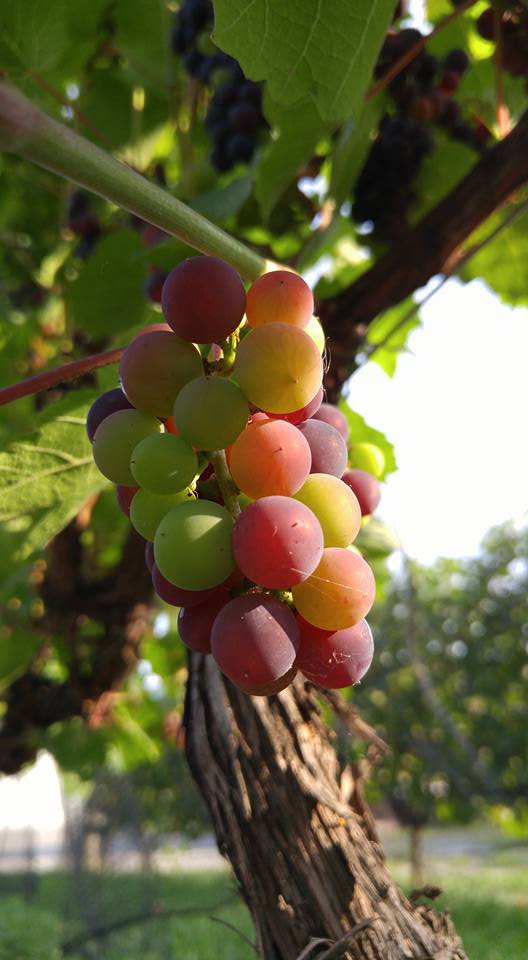
Stay tuned for new articles and industry trends !
Subscribe to our newsletter and make sure you don’t miss the publication new editions of the magazine!


